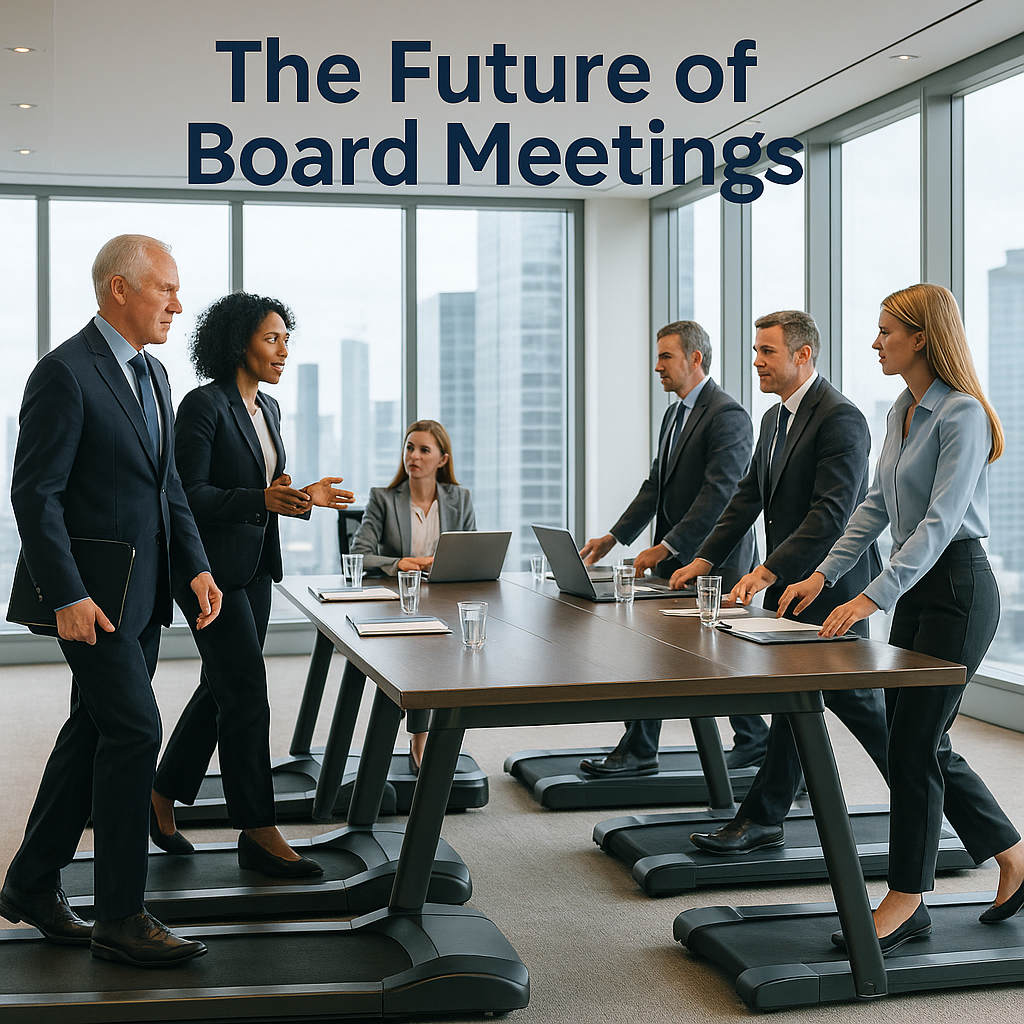You already know exercise is good for your body.
But what if I told you it’s actually one of your most powerful leadership tools?
In today’s fast-paced world, we often equate productivity with sitting longer, working harder, and moving less. We squeeze in more Zoom calls, reply to more emails, and convince ourselves that there’s no time for exercise — or even a 10-minute walk.
But here’s the truth: movement is not a luxury. It’s a leadership necessity.
This Is Not About the Gym. This Is About Your Brain.
Forget the six-pack abs and marathon medals for a moment.
Let’s talk about your cognitive stamina. Your mental sharpness. Your emotional regulation.
Regular physical movement doesn’t just sculpt your body — it:
- Increases blood flow to the brain, improving focus and memory
- Enhances executive function (the brain’s CEO)
- Regulates mood chemicals like dopamine and serotonin
- Reduces cortisol, the stress hormone that hijacks your leadership composure
- Boosts neuroplasticity, helping you adapt, learn, and bounce back faster
In other words, your brain performs better when your body is in motion.
Even a 10-minute walk can kickstart a shift in brain chemistry that leaves you clearer, calmer, and more in control of your day.
You’re Not Lazy. You’re Tired, Stiff, and Disconnected.
Let’s be honest — many professionals don’t move enough not because they’re unmotivated, but because they’re stuck in a cycle:
Stress → Sitting More → Tension Builds → Brain Fog Increases → More Stress
Movement breaks this loop. It’s the reset button your nervous system has been waiting for.
The good news? You don’t need to overhaul your entire schedule.
You just need to start reclaiming micro-movements throughout the day.
Move Smart: 5 Strategies for Leaders with “No Time”
Here’s how you can integrate movement into your day — without needing a gym bag or a complete lifestyle change:
1. Start Your Day in Motion
Before checking emails, step outside for a short walk or do 5 minutes of stretching. This signals to your body and brain: Today, we move.
2. Make Meetings Mobile
Take walking meetings when possible. You’ll notice conversations flow better — and so does your thinking.
3. Set a 50-Minute Rule
Every 50 minutes, stand, stretch, or move for 2–5 minutes. It prevents cognitive fatigue and protects your posture and circulation.
4. Anchor Movement to Daily Habits
Do squats while waiting for your coffee to brew. Stretch during Zoom calls. Dance to one song while your lunch heats up.
5. Move to Improve Mood
Feeling tense or anxious? Drop into your body. Do 10 jumping jacks, a quick walk, or some breath-led movement. Physical motion helps emotion in motion — literally.
What’s at Stake: Energy, Empathy, and Executive Presence
Movement impacts more than your muscles.
It shapes how you:
- Show up in the boardroom
- Handle conflict with composure
- Lead your team with energy and empathy
- Bounce back from setbacks without burnout
If sleep is the foundation and nutrition is the fuel, movement is the activation key. It awakens your system, regulates your chemistry, and keeps your inner engine running smoothly — even when the external world is chaotic.
Final Thought: Your Body is Not a Barrier. It’s Your Superpower.
You don’t need to run marathons. You just need to start moving with intention.
Because the most successful, self-aware, and resilient leaders aren’t necessarily the smartest — they’re the ones who understand this:
When you move your body, you move your leadership forward.

